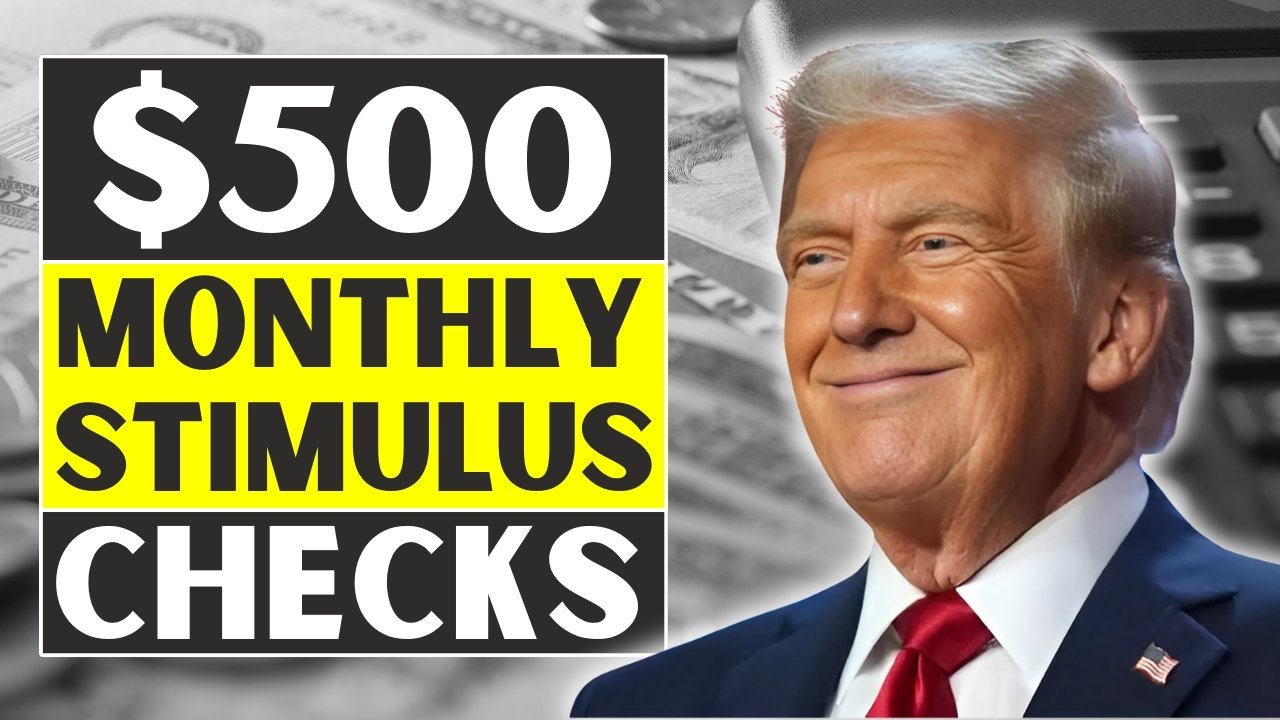$500 Monthly Payments Approved for Low-Income Individuals: Are You Eligible?
If you’re struggling to keep up with rising bills, there’s some good news—$500 monthly payments are being rolled out in cities across the U.S. to help low-income individuals and families. Whether you need help with rent, groceries, or unexpected expenses, this financial lifeline could be exactly what you’ve been waiting for. Let’s break down how the program works and who can apply.
What Are the $500 Monthly Payments About?
These payments are part of a growing trend called Guaranteed Basic Income (GBI) programs, designed to give low-income households extra cash without any strings attached. Unlike traditional welfare benefits, you can use this money however you need—whether it’s for medical bills, childcare, groceries, or even to save for emergencies.

Do You Qualify for the $500 Monthly Payments?
Eligibility requirements vary depending on where you live, but most programs have a few common rules:
- Income Limits: Most programs are for individuals or families earning below a certain income level. For example:
- Single individuals with annual incomes below $75,000
- Married couples with combined incomes under $150,000
- Families that meet local poverty guidelines (often 250% or less of the federal poverty level)
- Residency: You must live in the city or county where the program is being offered.
- Special Focus Groups: Some programs give priority to specific groups, such as single parents, pregnant women, or individuals at risk of losing their housing.
Where Are These Programs Available?
Several areas already have successful $500 monthly programs, with more expected to follow. Here are some of the big ones:
- Cook County, Illinois: Launched one of the nation’s largest GBI programs, providing $500 monthly to over 3,000 low-income residents.
- UpTogether in Michigan and Illinois: Began distributing $500 monthly payments to more than 100 low-income families for a year in 2024.
Check your local government website to see if your area is offering similar programs.
If You’re on SSI or SSDI, Here’s What to Know
If you’re already receiving Supplemental Security Income (SSI) or Social Security Disability Insurance (SSDI), it’s important to know how these extra payments could affect your benefits.
- SSI Recipients: SSI has strict income limits, so receiving an extra $500 could potentially reduce your monthly benefit or make you temporarily ineligible.
- SSDI Recipients: SSDI is typically less restrictive since it’s based on your work history, not your current income, but you should still double-check how the extra money could affect you.
To be safe, contact a benefits counselor or the Social Security Administration to get specific advice.
How to Apply for $500 Monthly Payments
If you’re interested, here’s how to get started:
- Find Out If Your City or State Has a Program: Check with your local government or social services office to see if there’s an active GBI program near you.
- Meet the Requirements: Make sure you qualify based on income, residency, and any other eligibility criteria.
- Submit Your Application: Provide any necessary documents, like proof of income or residency, and follow the instructions for your local program.
How Long Will These Payments Last?
Most programs have specific durations. For example, UpTogether’s program provides payments for 12 months, while other programs may last longer or shorter, depending on funding. Since many of these programs rely on a combination of federal, state, and private funding, the length can vary.


Comments are closed, but trackbacks and pingbacks are open.